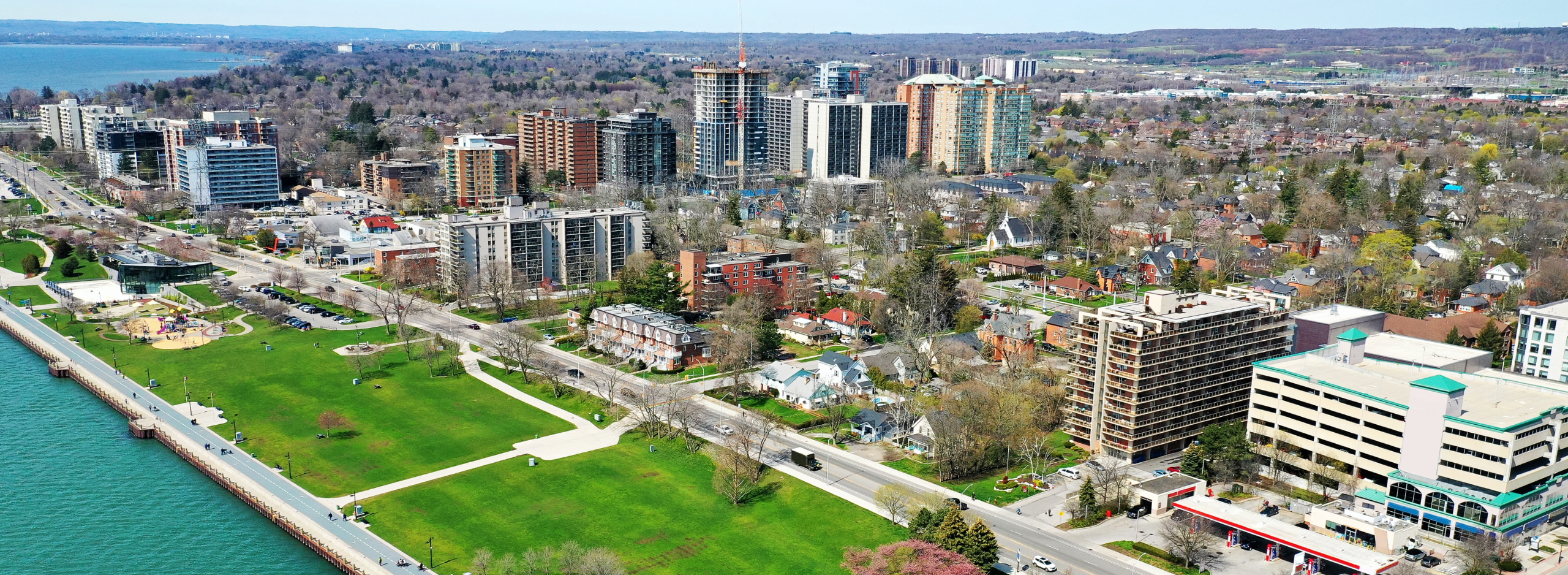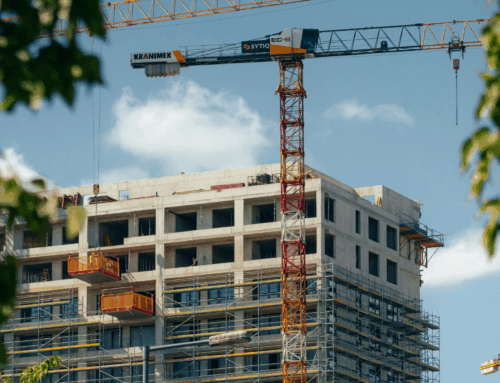Every year at budget time, municipalities in Ontario face difficult decisions. Residential property taxes and user fees such as the water rate pay for most municipal expenses. Cities are tasked with providing more and more services every year, maintaining aging infrastructure, and responding to crises as they emerge. The result is year-over-year increases in property taxes and rates, as cities are limited in other tools to raise revenue. This has been particularly acute in recent years due to inflation and increasing demand for services. One avenue cities can pursue is encouraging new development and housing supply to address housing shortages, affordability, and reduce pressure on the residential property tax.
To blunt increases on residential property taxes, municipalities can encourage and incentivize redevelopment to raise the number of taxpayers. By increasing the tax productivity of land, land within a municipality generates more revenue on a per hectare basis. At the same time, it is generally more efficient to provide services through infill. For example, a parking lot in a downtown area may pay a few tens of thousands in property tax, while a large mixed-use multi residential project on that same property can generate millions annually. This project would be able to take advantage of existing services present in the area such as parks and schools and have the benefit of addressing the city’s housing supply shortage and affordability crisis. By increasing the number of taxpayers, the municipality can raise additional revenue and limit the impact of increasing service costs on the city-wide rate. The increasingly dense nature of development, even in low-rise forms, is more efficient and requires less services per hectare than the more traditional suburban areas of the past.
Councils are faced with the difficult decision to raise the residential property tax to pay for services that residents need. To make that difficult decision easier, a top priority for municipal councils should be increasing the tax productivity and efficiency of land. Delays in the approval of redevelopment also defer the time at which the City can begin collecting newly generated tax revenue and assessment growth. The revenue lost by delay is never recouped by the City. Councils should approach planning and development approvals with this and mind and view new development under the lens of tax productivity.
This is especially important in the current housing market. Ontario is facing a total collapse of the condo market, with housing starts crumbling, the sales of new units plummeting, and unsold new apartment inventory skyrocketing. According to Urbanation, “The Greater Toronto Hamilton Area (GTHA) new condominium apartment market produced 502 sales in Q2-2025… activity this year was 91% below the 10-year average.” This presents a serious financial risk to municipalities. Stagnation and decline in the rate of new residents purchasing units translates to a serious impact on municipal finances and property tax revenue. Municipalities should take this situation seriously, doing what they can to spur starts, and reduce fees and taxes on new development. The more housing units and new neighbours we add to our cities every year – the more annual revenue our cities generate. This can address our rising service needs and create more dense, walkable, amenity-rich neighbourhoods for all residents, new and old, to enjoy






